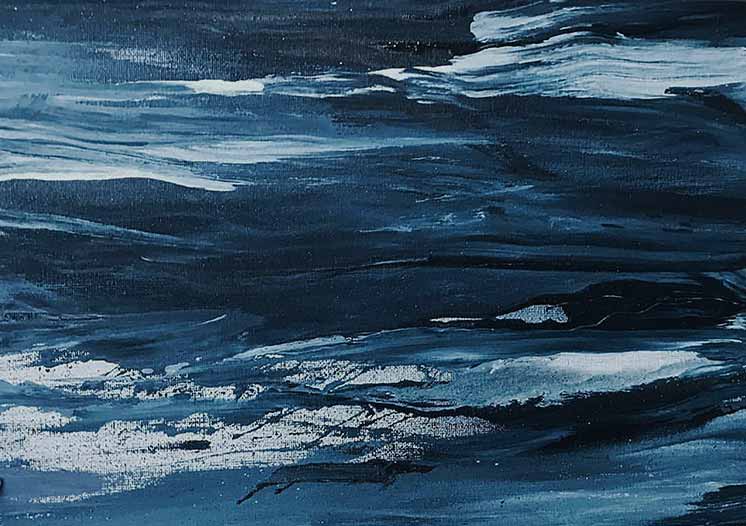Gin Essentials
History of Gin
Born 1986, Perth, Western Australia.

Artist Profile
Serge Van
Mullen
Born 1986, Perth, Western Australia
Gin is a light-bodied distilled spirit that is made of a mash of cereal grains, usually corn, rye, barley, and wheat. The use of botanicals during distillation sets gin apart from the other liquors, particularly vodka.
Producers cannot qualify their gin by age and, generally, only genever is barrel aged. For that reason, most gin is clear. Some get a slight golden color due to certain methods used to incorporate the flavors into the gin.
Gin’s dominant flavor and aroma come from juniper berries. These must be included in order for a liquor to be classified as gin. The juniper is responsible for that “pine” flavor that makes gin unique. Beyond that, every distiller of gin uses its own botanical recipe, comprised of various herbs, spices, flowers, and fruits. It is not a simple infusion. Instead, the botanicals are introduced in the still while the liquor is being made to create a very concentrated and well-rounded flavor. Among the most common botanicals used are almond, angelica, anise, cassia, coriander, fennel, and citrus peels. Some gin recipes use just a handful of different botanicals while others use 30 or more. You will find brands that divulge their full list and others that keep it a well-guarded secret. This lends to each gin’s unique flavor profile and, unlike other spirits, every gin you pour can be an entirely new experience.
The strength of gin ranges between 40 percent and 47 percent alcohol by volume (ABV, 80 to 94 proof); the majority is bottled at 80 proof. Navy-strength gin is the strongest at around 114 proof.
What Does It Taste Like?
Gin has an herbal flavor marked with citrus and spices. Most gin is dry with a noticeable pine flavor because juniper dominates traditional recipes. The oldest styles tend to be sweeter while modern styles put less emphasis on the juniper and may focus on another herb, fruit, or spice flavor.
1992
Silecen & Noise
Museum of Academy of Fine Arts, Omsk, Russia.
1998
Animality
Gallery 24, Dortmund, Germany.
2003
Solo exhibition
“Bistro Gallery”, Kerson, Ukraine.
2008
External & Simple
Museo de la Ciudad, Guadalajara, México.
2016
Animality
Gallery 24, Dortmund, Germany.
Dicker’s Studio
Artwork
Get updates from this and more artists
We will process the personal data you have supplied in accordance with our privacy policy.






